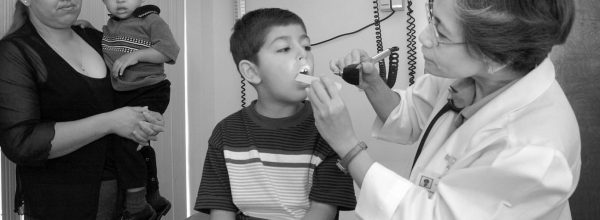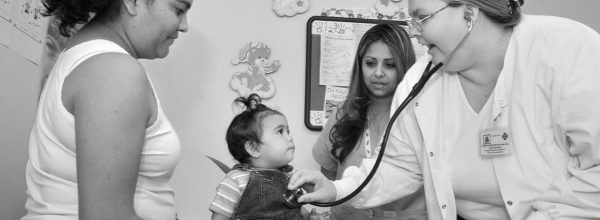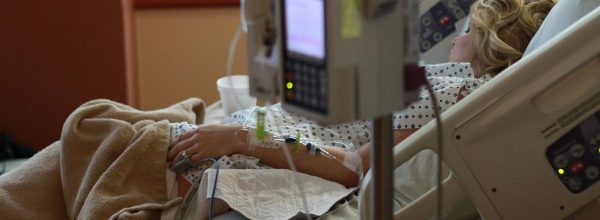What was the problem that needed to be addressed?
Approximately 20% of all U.S. patients over the age of 64 are readmitted to a hospital within 30 days. Although Marin General Hospital (MGH) already had a comparatively low readmission rate of nearly 11% before its innovation, its front-line staff and hospital administrators wanted to continue improving their discharge process and have better coordination with all providers and post-discharge care units.
What was the innovation?
Marin General Hospital (MGH) partnered with the mobile based platform, ZynxHealth, to create the nation’s first mobile care transitions network. MGH targeted a patient’s entire health care experience from admission into the hospital to their post-discharge health services. MGH simultaneously launched a three-pronged innovative approach which included the use of Carebook (an online mobile platform for patient coordination and secure messaging), the Agency for Healthcare Research and Quality’s (AHRQs) Project Red guidelines for all patients, and a post-discharge intervention program for high-risk patients over 65. This was a multi-disciplinary approach which included training and participation from multiple healthcare providers including physicians, nurses, social workers, health coaches and more. The mobile, online coordination platform allowed the entire team to have real-time notifications, share dynamic checklists, and have a more collaborative approach for each patient’s assessment and plan.
The project was funded by the Gordon & Betty Moore Foundation and the Marin General Hospital Foundation. The project funds paid for implementation, upkeep and purchasing of the electronic platform (Carebook) and devices for staff (iPads for case managers, social workers and discharge coaches, iPod touches for nurses and ancillary staff).
The implementation process occurred in the following steps:


What were the results?
- 30-day readmissions for patients over 64 years old down trend to almost 8%
- Quicker, more efficient communication and messaging (65% reduction in pages)
- 39% of coached patients had a medication discrepancy discovered
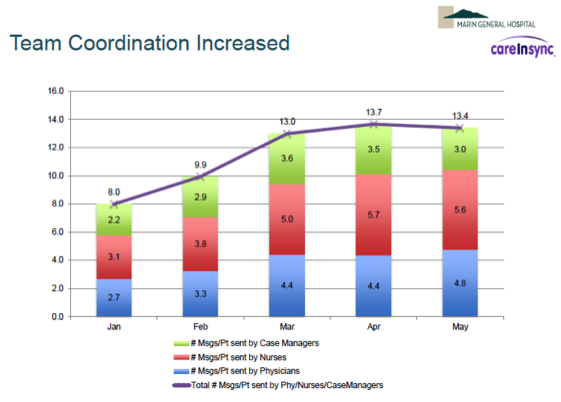
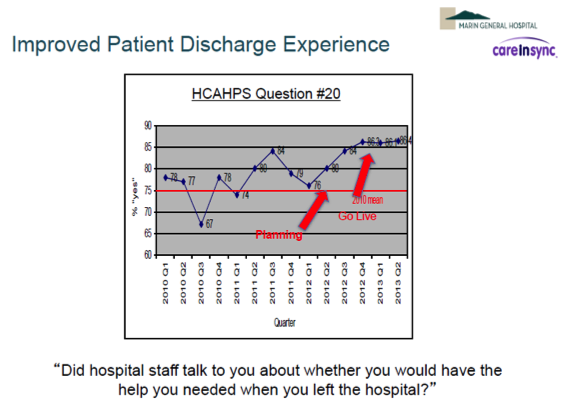
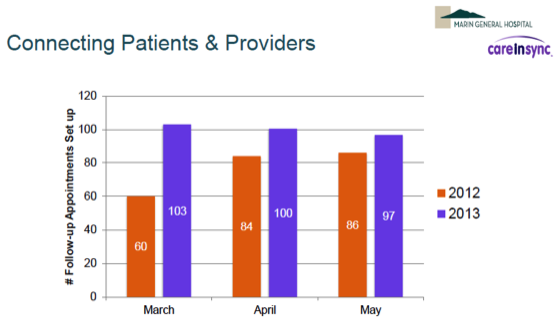
What lessons were learned?
- Get IT involved before project launch. Hospital IT is an integral part of launching an electronic innovation and having them on board prior to the launch is important.
- Confirm support from the top down. Make sure key personnel from the nursing executive to the hospital administrators are on board and sending the same message of importance throughout the entire project.
- Implementation should take place in phases. MGH launched all three parts of the project simultaneously. Project leaders felt it would have been a smoother and less exhaustive roll-out if it rolled out in phases.
- Ensure no other “projects” are taking place simultaneously. Mid coordination project, the hospital upgraded their electronic health record system. When implementing such a large and intense project, it is important to make sure no other large implementations are launching simultaneously.
Where is the project today?
Today, the new electronic coordination process is a part of the daily clinic flow. The use of the application and building of partnerships continues to expand to community health care partners in Marin County. When project funding is discontinued, key project staff will continue to serve under the hospitals operating costs.




